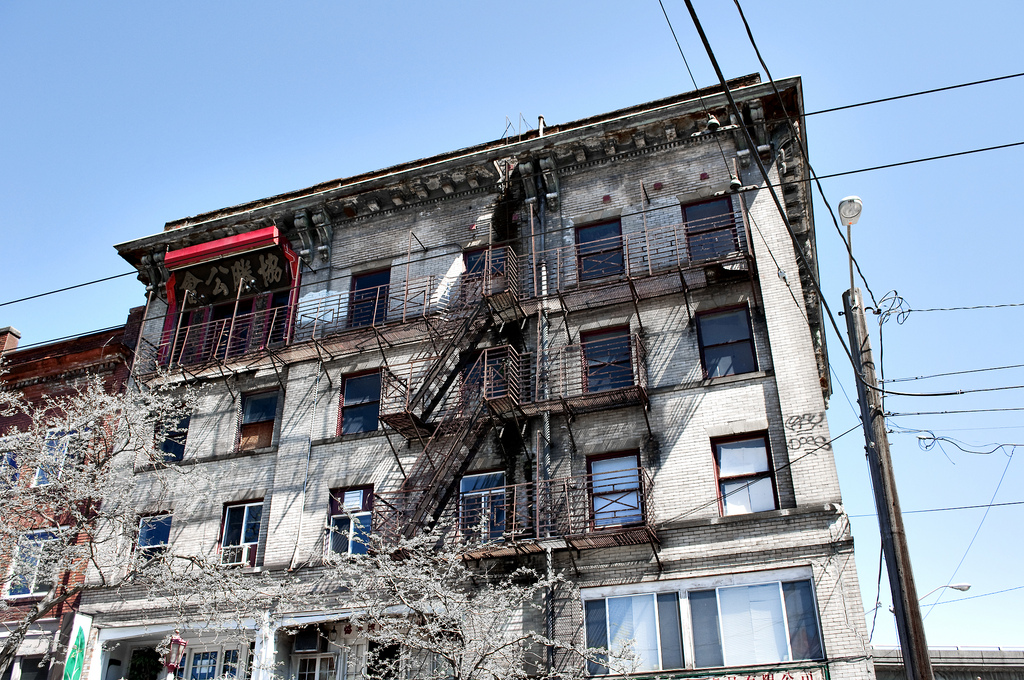City Grime Releases Pollutant When Exposed to Sunlight
According to a study presented at the meeting of the American Chemical Society in Boston, when the urban grime is exposed to sunlight, it releases nitrogen oxides, which are a source of ground-level ozone and smog. When in the air, these compounds may combine with other air pollutants-known as volatile organic compounds-and light to produce ozone, which is the main component of smog.
Donaldson said: “If our suspicions are correct, it means that the current understanding of urban air pollution is missing a big chunk of information”.
After analyzing the situation in a real-world environment through field studies, researchers concluded that this phenomenon is very much happening. Apparently, the urban grime that creeps on buildings reacts when sunlight hits, causing air pollution.
This pollution emitted by auto and vehicle exhaust, commercial manufacturing and electrical utilities include nitrogen oxides, nitrogen dioxide or nitrous oxide and they all account for 5 percent of the greenhouse gas emissions in the United States in 2013 according to the Environmental Protection Agency. However, the team found evidence to contradict this theory after discovering nitrate anions disappear from grime at rates faster than can be explained through wash-off via rainfall. For their tests, they shined artificial sunlight onto grime samples in order to determine the grime’s effect on chemical output.
In hopes of recreating a certain laboratory experiment in field testing, Donaldson located shelves with beads of window glass in the city of Leipzing in Germany. After looking to see what happened to grime when kept in the dark or exposed to artificial sunlight, they found the solar simulated grime shed nitrates than that which had been left in the dark.
Interestingly, Donaldson notes that Leipzig has far more grime than Toronto, based on the amount of material gathered at collection stations in both cities so far.
As this is the first study of its kind, the team also doesn’t understand how the influence of relative humidity and local pollution will change nitrate activity levels in different regions, or how this changes our current estimates of total pollution levels in cities Donaldson said in a press conference. After six weeks, the researchers found that grime collectors in sunny spots in Leipzig had 10% more nitrates than their shaded counterparts, suggesting that the sunlight prompted NO2 and HONO pollution from the grime.
He has also concluded that Leipzing has a greater amount of grime than Toronto which leads him to suggest the possibility of a higher potential for nitrogen oxides to recycle into the atmosphere in Leipzing than Toronto.
The researchers then took some of the beads out of the trays and put them in a water-based solution to test what types of water-soluble chemical compounds were there.








